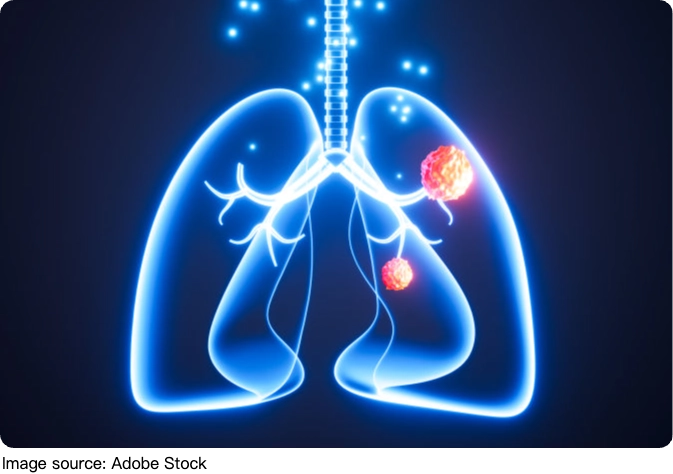The Smart Patch Revolution

I first heard about it from a friend who works in elder care. She said a patient's life was saved after a small adhesive sensor—barely larger than a band-aid—sent an alert at 2:17 a.m. Something was off in the man's vitals.
By the time paramedics arrived, he was already unconscious. Minutes later, he was stable.
That “sticker” was a smart medical patch, and this invention is quickly changing how we think about emergencies. It's not flashy. It's not on the news every day. But it could save thousands of lives each year—maybe even yours or someone close to you.
Let's explore how this innovation works, why it matters, and what makes it one of the most exciting tools in modern health tech.
1. What Is a Smart Medical Patch?
A smart patch is a thin, wearable sensor that sticks to your skin—usually on your chest, arm, or back. It continuously monitors vital signs like:
• Heart rate
• Respiratory rate
• Skin temperature
• Blood oxygen levels
• Movement and falls
It's wireless, waterproof, and designed to be worn 24/7. Some patches can send data directly to your phone or to a cloud-based system connected to a care team. Others are part of hospital systems, tracking patient health in real time.
This isn't future tech—it's already here. Companies like VitalConnect, BioIntelliSense, and Philips have developed FDA-cleared versions used in hospitals and homes across the U.S. and Europe.
2. Real-Time Alerts Mean Faster Action
Here's why this matters:
Most medical emergencies don't give much warning.
Cardiac arrest. Sudden drops in oxygen. Silent strokes. By the time symptoms are visible, it's often already serious.
But a smart patch doesn't wait for symptoms. It watches for patterns and sudden changes. If your heart starts beating irregularly or your oxygen level dips unexpectedly, the patch sends out an alert. This could go to:
• A caregiver
• An emergency response team
• A family member
• A hospital system
That's what saved the man in my friend's care facility. The patch noticed subtle signs of cardiac distress. A doctor reviewed the alert remotely and immediately sent help.
3. Who Can Benefit Most from This Tech?
While anyone can wear a smart patch, some groups benefit more than others:
1. Older adults living alone:
Falls and sudden health events are among the leading causes of emergency hospital visits in older adults. Smart patches can detect both.
2. Patients recovering after surgery:
Instead of staying in the hospital for days, patients can now recover at home under remote monitoring—reducing stress and cost.
3. People with chronic conditions (e.g., heart disease, COPD):
Continuous tracking helps spot early warning signs of serious flare-ups, preventing hospitalizations.
4. Athletes and high-risk workers:
Some versions of these patches are being used to track physical strain and prevent injury in extreme environments like firefighting or long-distance sports.
4. Expert Backing: What the Research Says
According to a 2023 report from the Journal of Medical Internet Research, smart patches used in post-operative care reduced readmissions by 32% over a 90-day period.
Dr. Laura Jenkins, a leading cardiologist at Stanford Health, says,
“Smart patches are one of the most impactful tools we've seen in proactive cardiac care. They reduce time-to-treatment dramatically.”
Meanwhile, the Mayo Clinic has launched a pilot program where patients are sent home with smart patches after procedures instead of being kept overnight. Initial results show improved satisfaction and better outcomes—with no increase in complications.
5. Data Privacy and Real Concerns
Of course, tracking health data 24/7 raises important questions:
• Who owns the data?
• Can it be hacked?
• What happens if the patch malfunctions?
Fortunately, most reputable patches come with built-in encryption and require user permission for data access. Experts recommend using only devices approved by national health agencies (like the FDA in the U.S. or MHRA in the U.K.).
Still, it's a developing field. Before using any device, it's wise to consult your doctor and check the provider's privacy policy.
6. The Future: More Than Just Monitoring
Right now, most smart patches are observational—they monitor and report. But researchers are already working on responsive patches that can:
• Release medication during an emergency (e.g., insulin for diabetics or nitroglycerin for angina)
• Stimulate nerves to regulate heart rhythms
• Act as a mobile defibrillator for at-risk individuals
The University of Texas is currently testing a flexible patch that combines motion tracking with sweat analysis to assess hydration and electrolyte loss—helpful in both medical and athletic contexts.

So, Lykkers, let me ask: If your loved one lived alone, would you feel more at ease knowing they were wearing a patch that could call for help when they couldn't?
This isn't about replacing doctors or hospitals—it's about buying time when seconds matter most. Whether for seniors, athletes, or anyone with a chronic condition, smart patches aren't science fiction. They're science saving lives.
Would you try one? Or consider it for a parent? Drop your thoughts—we're curious where you stand on tech that blends skin and signal.


